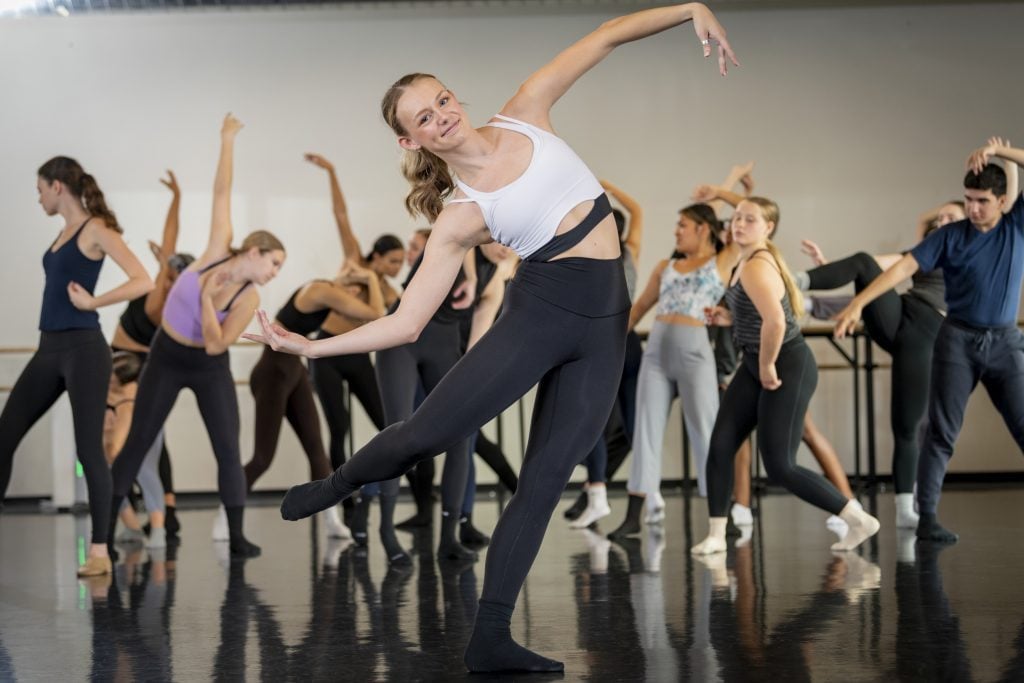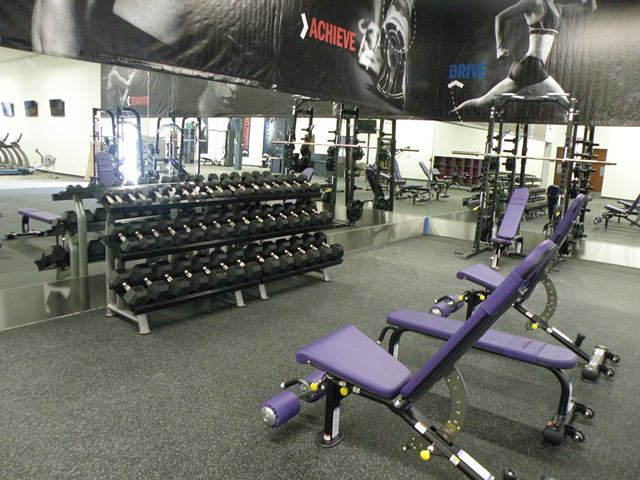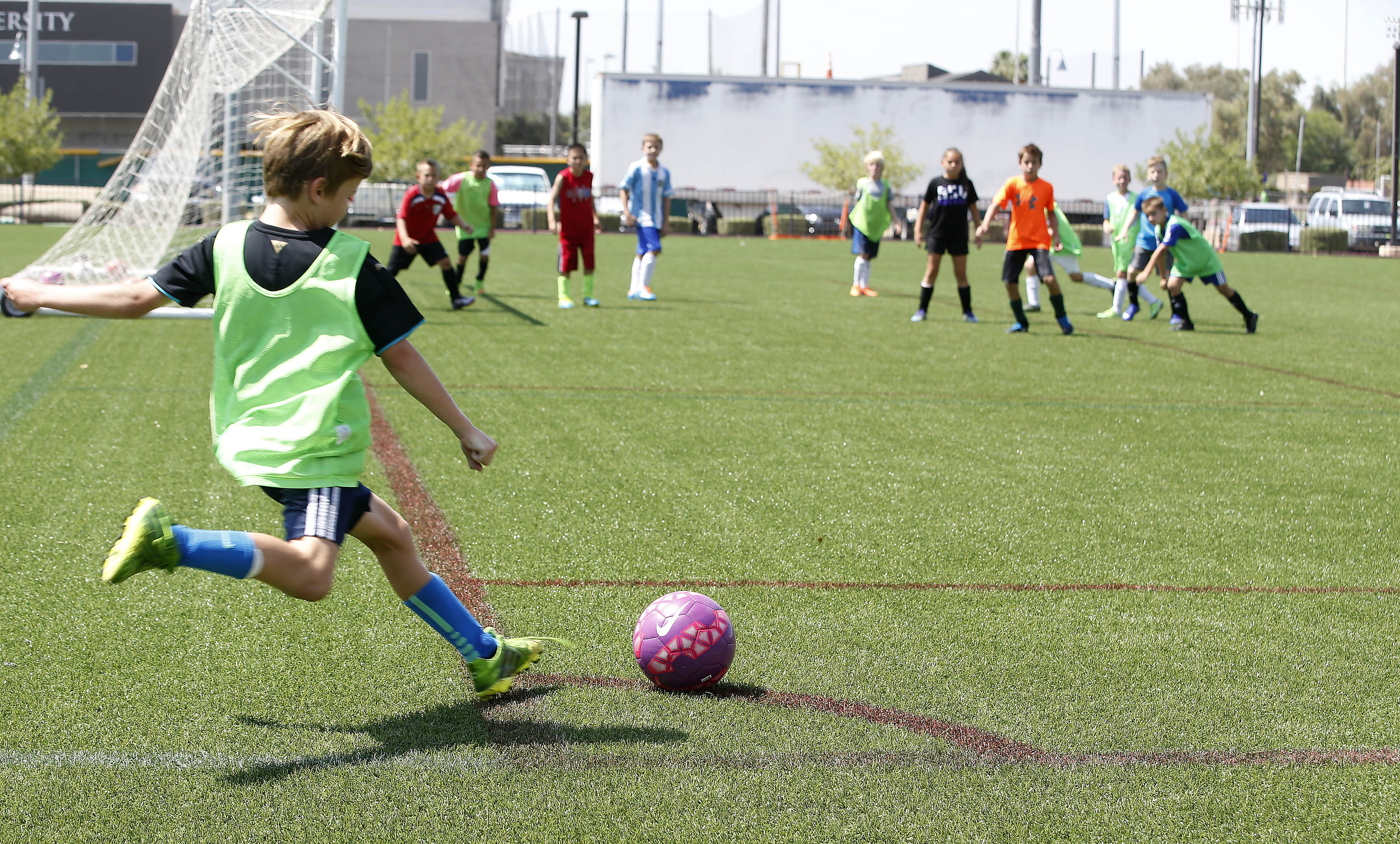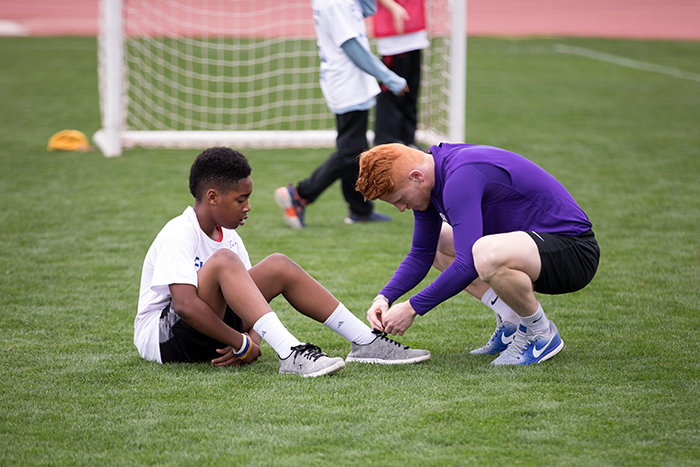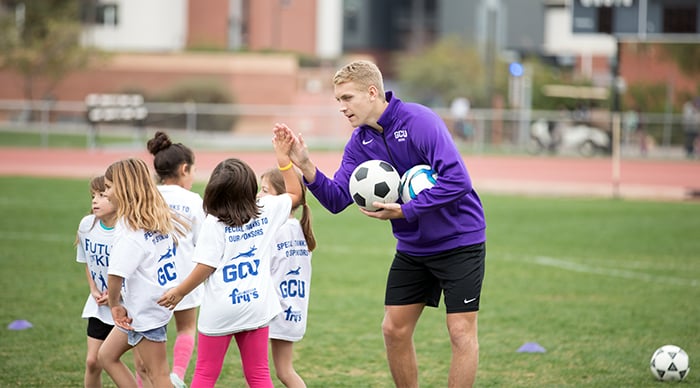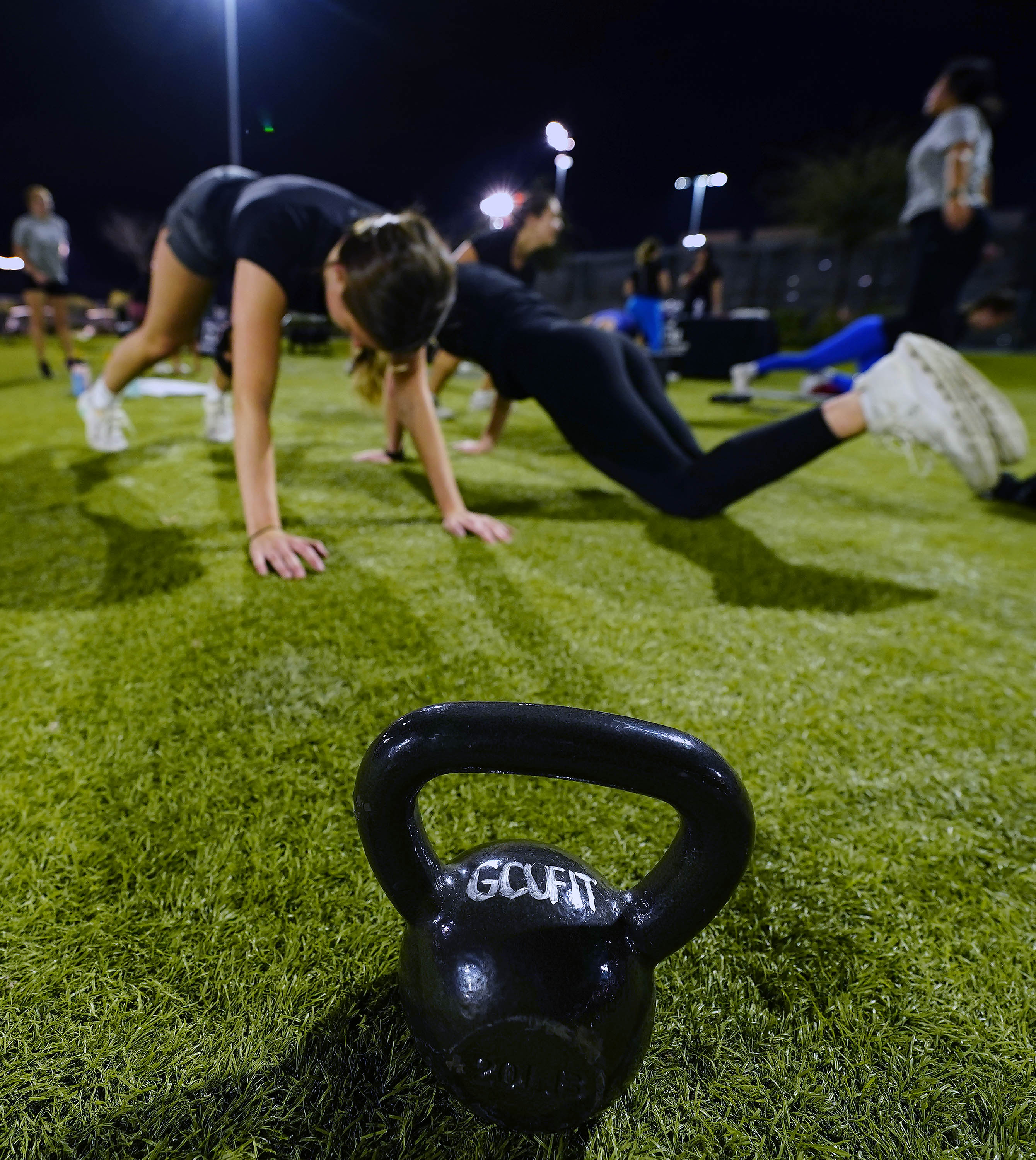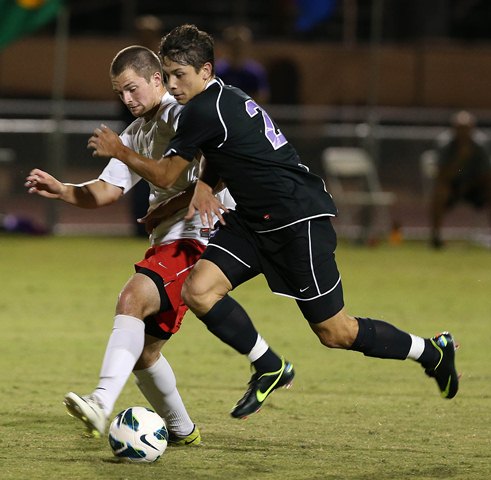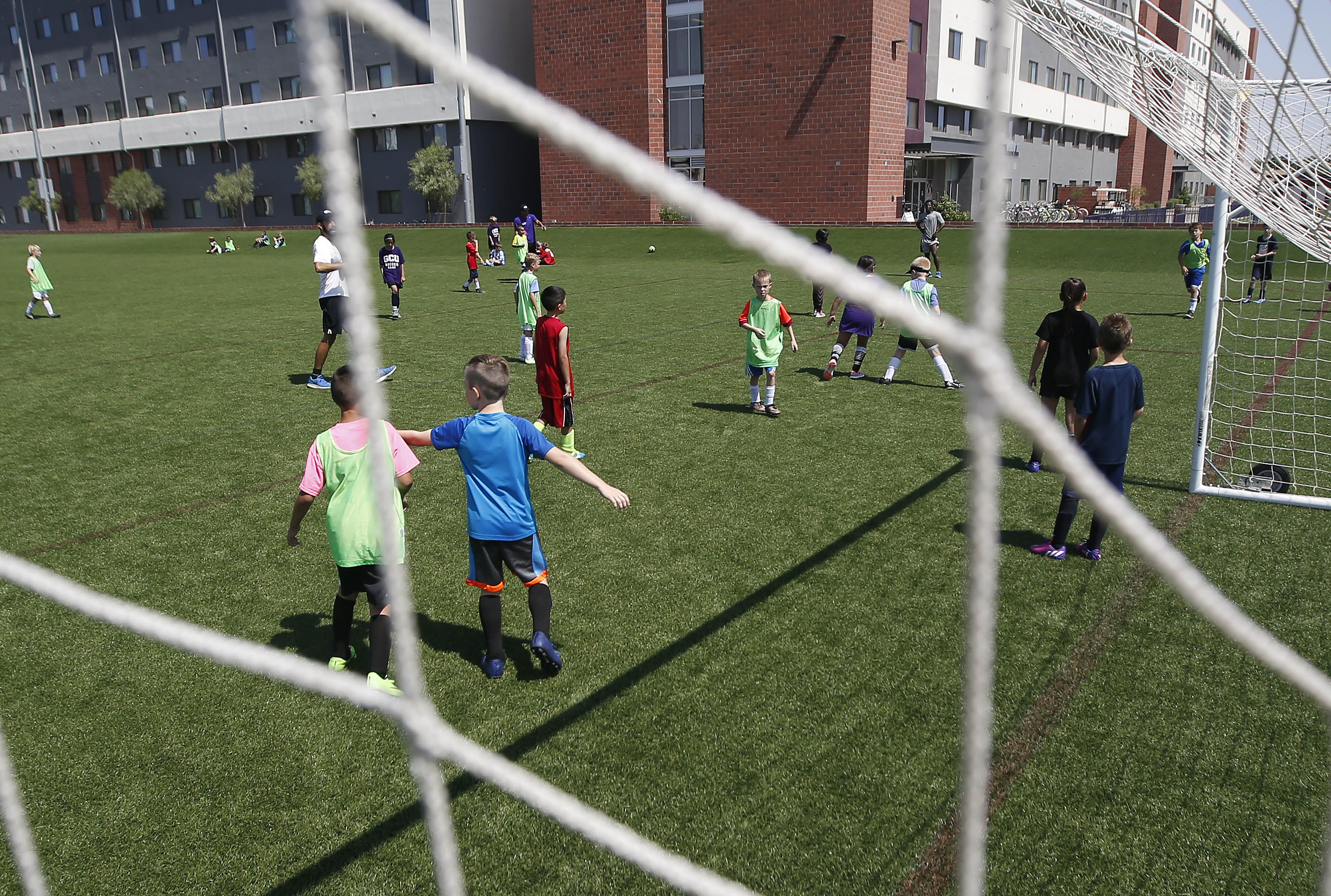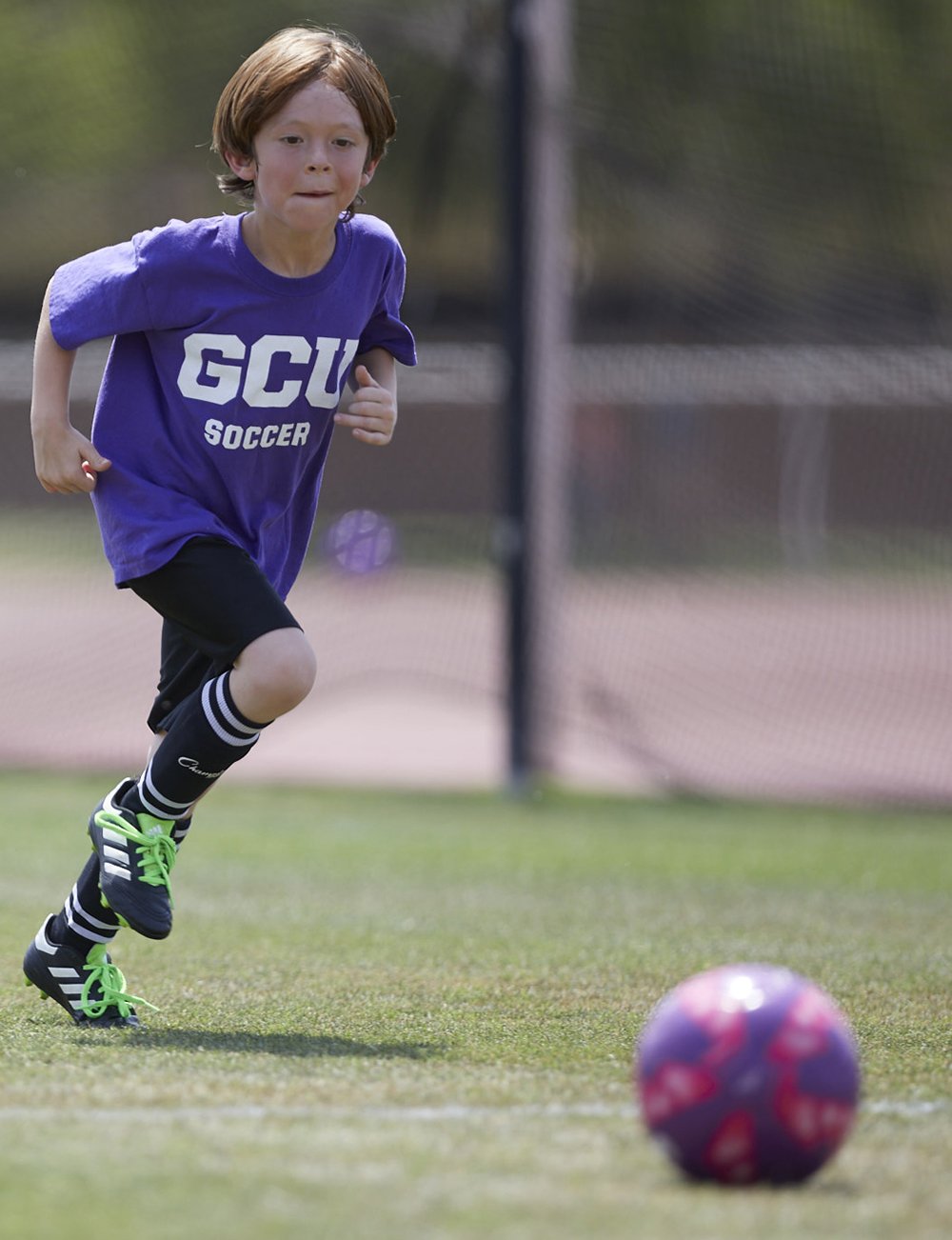
By Connie Colbert
Director, Canyon Health and Wellness Clinic
Do you feel as if you have excessive sweating even when you are not hot? Are your palms or soles of your feet often sweaty, causing slippery feet, or do you become overly cautious when shaking hands (pre-COVID restrictions, of course). Are you self-conscious because you have excessive underarm sweat, even with the use of deodorant?
It is normal to sweat when you are too hot or become nervous. But if you sweat excessively for no reason, you may have a medical condition called hyperhidrosis (hi-purr-hi-DROE-sis), which means too much (hyper) sweating (hidrosis).
Sweating normally cools down the body and prevents us from overheating, but people with hyperhidrosis sweat when the body does not need cooling. Most often, they sweat from their palms, feet, underarms or head. While the rest of the body remains dry, one or two areas may become excessively sweaty.
According to the American Academy of Dermatology Association, other signs and symptoms of this disorder include:
- Visible sweating: When you are not exerting yourself, do you often see beads of sweat on your skin or have sweat-soaked clothing? Do you sweat when you are sitting?
- Sweating interferes with everyday activities: Does sweating cause difficulty holding a pen, walking or turning a doorknob? Does sweat drip heavily onto your papers or computer?
- Skin turns soft, white and peels in certain areas: Does your skin stay wet for long periods?
- Skin infections: Do you get frequent skin infections on the parts of your body that sweat heavily? Athlete’s foot and jock itch are common skin infections.
There are two types of hyperhidrosis.
The first is primary, or essential, hyperhidrosis.
In essential hyperhidrosis, the nerves responsible for signaling your sweat glands become overactive, even though they have not been triggered by physical activity or a rise in temperature. With stress or nervousness, the problem becomes even worse. This type usually affects your palms and soles and sometimes your face. There is usually no medical cause for this type, but it can run in families.
The second is hyperhidrosis.
This type stems from another medical condition. It is less common and usually is not concentrated on a few body areas but causes overall excessive sweating.
Some conditions that can cause this type of sweating are:
- Diabetes
- Menopause hot flashes
- Thyroid problems
- Low blood sugar
- Some types of cancer
- Heart attack
- Nervous system disorders
- Infections
- Gout
- Opioid withdrawal
It is important to get a diagnosis before treating this condition. A healthcare provider must first find out if you have primary or secondary hyperhidrosis. This is an essential first step because if it is secondary hyperhidrosis, the underlying condition must first be treated.
If a diagnosis of primary hyperhidrosis is made and this is affecting everyday life, treatments can help.
If you are concerned you have this medical condition, make an appointment with a dermatologist to get a proper diagnosis and start treatment.


